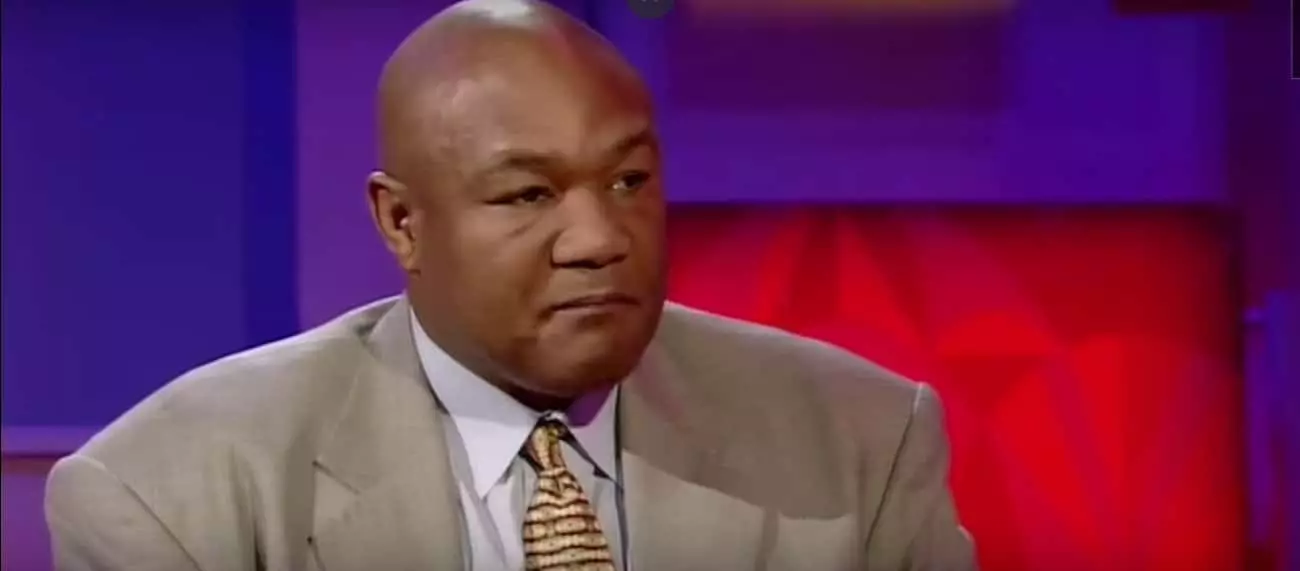George Foreman’s life, marked by transformation and resilience, began in Marshall, Texas, 76 years ago. His early years were anything but easy. Foreman was a typical teenager grappling with the chip on his shoulder, but he found an unexpected opportunity while participating in the Jobs Corps program introduced by President Lyndon Johnson. This initiative aimed to provide underprivileged youth with resources and training, and it would ultimately put Foreman on a path that changed not only his life but the world of sports as well.
It was in a boxing gym that a young, overweight Foreman first stepped into the ring, driven by a desire to shed pounds. There, he met Doc Broadus, a trainer who recognized the raw talent in this unruly kid. When Foreman began boxing in 1967, few could have predicted his meteoric rise. With only a modest amateur record of 16 wins and 4 losses, Foreman caught the attention of the boxing world when he clinched Olympic gold at the 1968 Mexico City Games. This victory not only marked a significant milestone in his career but also solidified his place in the narrative of American sports history.
Foreman’s transition into professional boxing proved to be a rapid ascent. His powerful punches and unique fighting style quickly garnered attention, culminating in a memorable showdown against the legendary Joe Frazier in January 1973. The ferocity with which Foreman dispatched Frazier in just two rounds left an indelible mark on boxing aficionados. In the public’s imagination, Foreman embodied the ideal heavyweight boxer—strong, intimidating, and seemingly invincible.
However, Foreman’s journey was soon to take a dramatic turn. Just as he appeared poised to dominate the heavyweight scene, he faced Muhammad Ali in the famed ‘Rumble in the Jungle’ in 1974. This epic battle in Zaire not only tested his physical prowess but also his mental fortitude. The defeat left Foreman devastated, emotionally and psychologically crushed, marking the beginning of a ten-year hiatus from boxing. During this period, many wrote him off as a relic of the past, an out-of-touch fighter whose best days were behind him.
Fast forward to 1987, Foreman returned to the ring, a decade older and significantly changed. His comeback was a story of redemption and resurgence. Financial difficulties drove him back, as he sought to secure funding for the Youth and Community Center he had established. This second act in his career was far from straightforward; it required him to return to basics, stripping away the frills that had previously accompanied his success.
With the guidance of a new team that included veteran fighters like Charlie Shipes and Archie Moore, Foreman honed his skills and transformed his fighting style. The comeback culminated in an astounding victory over Michael Moorer in 1994, a fight that was not just a testament to his skill but also symbolic of his resilience. Foreman’s victory 20 years after his initial fall from grace would come to be regarded as one of the most remarkable comebacks in the history of sports.
In the years following his boxing triumphs, Foreman’s life took yet another unexpected turn. The financial success from boxing was dwarfed by an astute business venture—his famous line of grills. This venture not only generated substantial wealth but also cemented his status as a household name across America and beyond. Today, Foreman is revered not just as a boxing legend but as a cultural icon and philanthropist, a man who has inspired many through his advocacy for youth initiatives and health awareness.
At 76, George Foreman’s story transcends that of a mere athlete; it is a narrative of transformation, resilience, and the ability to reinvent oneself. From a troubled youth to a heavyweight champion, and now to a beloved global treasure, Foreman stands as a testament to the enduring spirit of perseverance and triumph against all odds. His journey continues to inspire countless individuals around the world, proving that with hard work and determination, anything is possible.


Leave a Reply